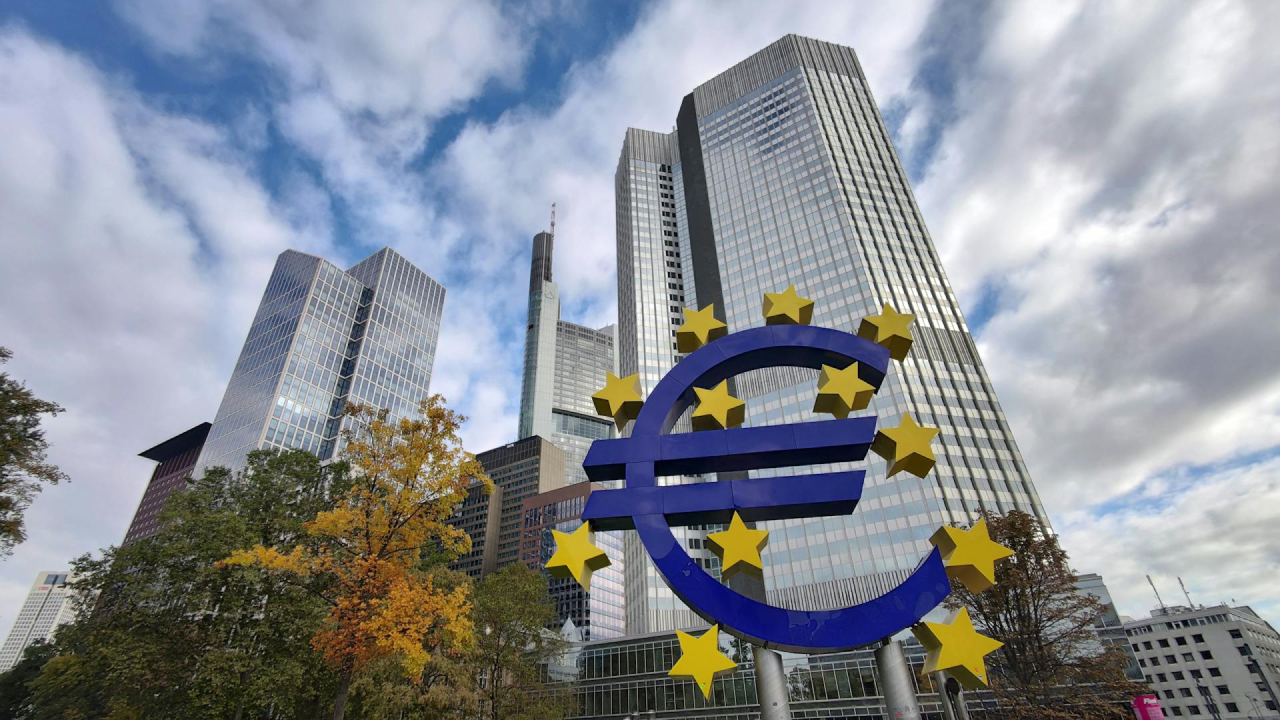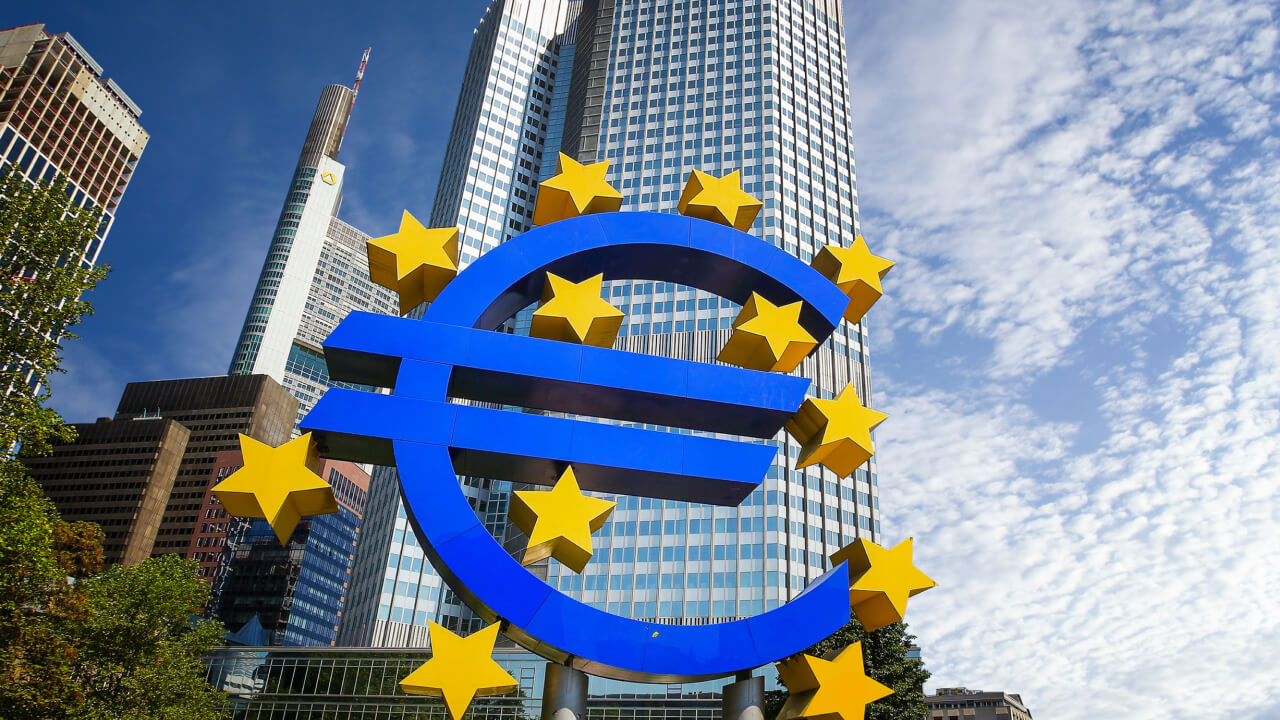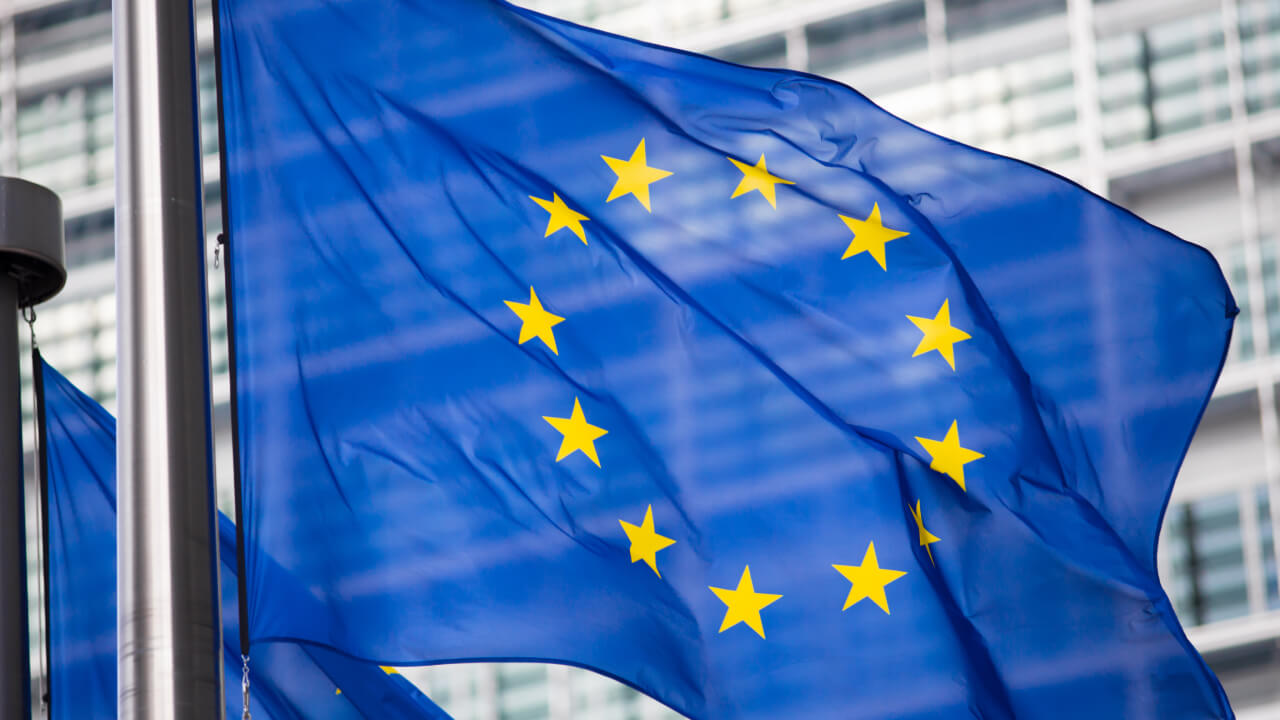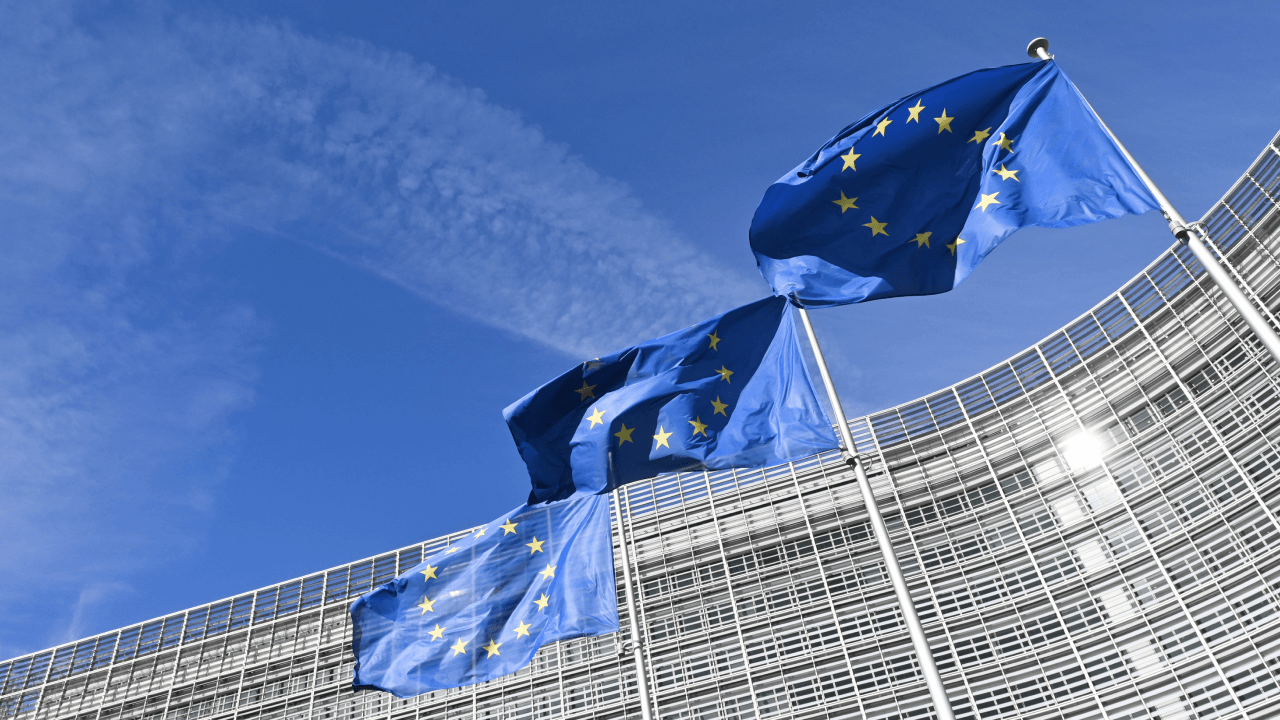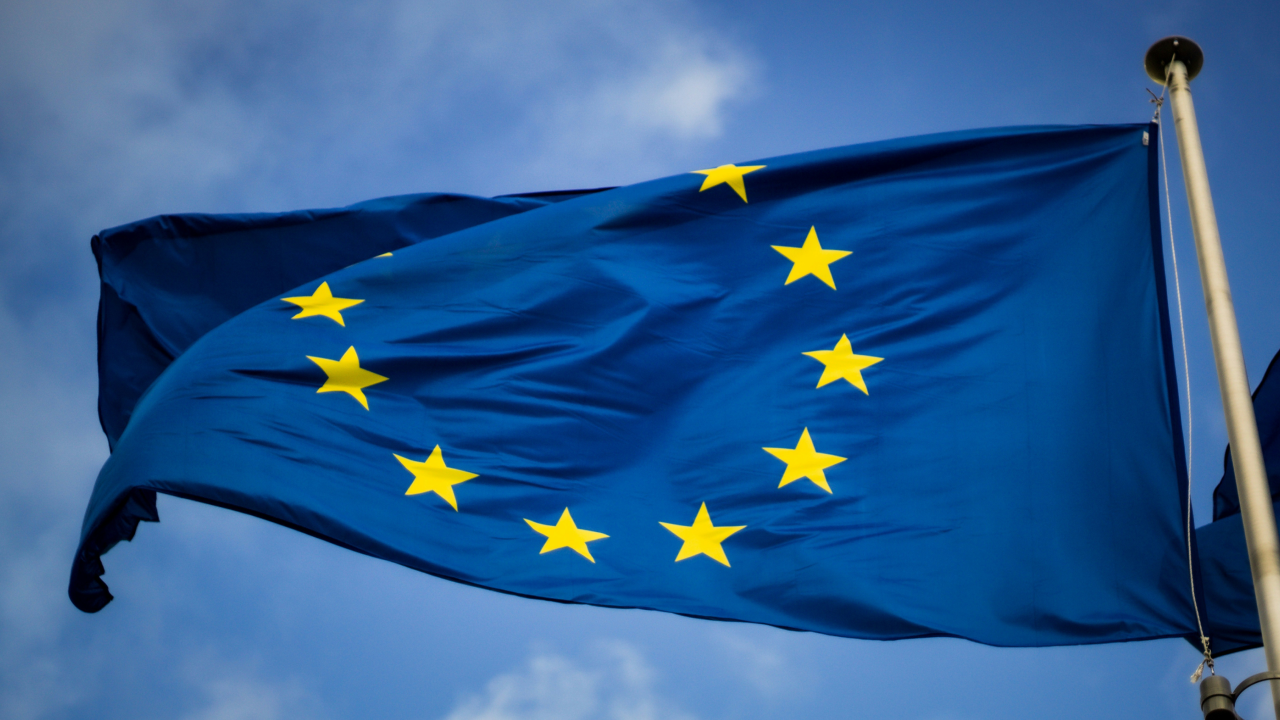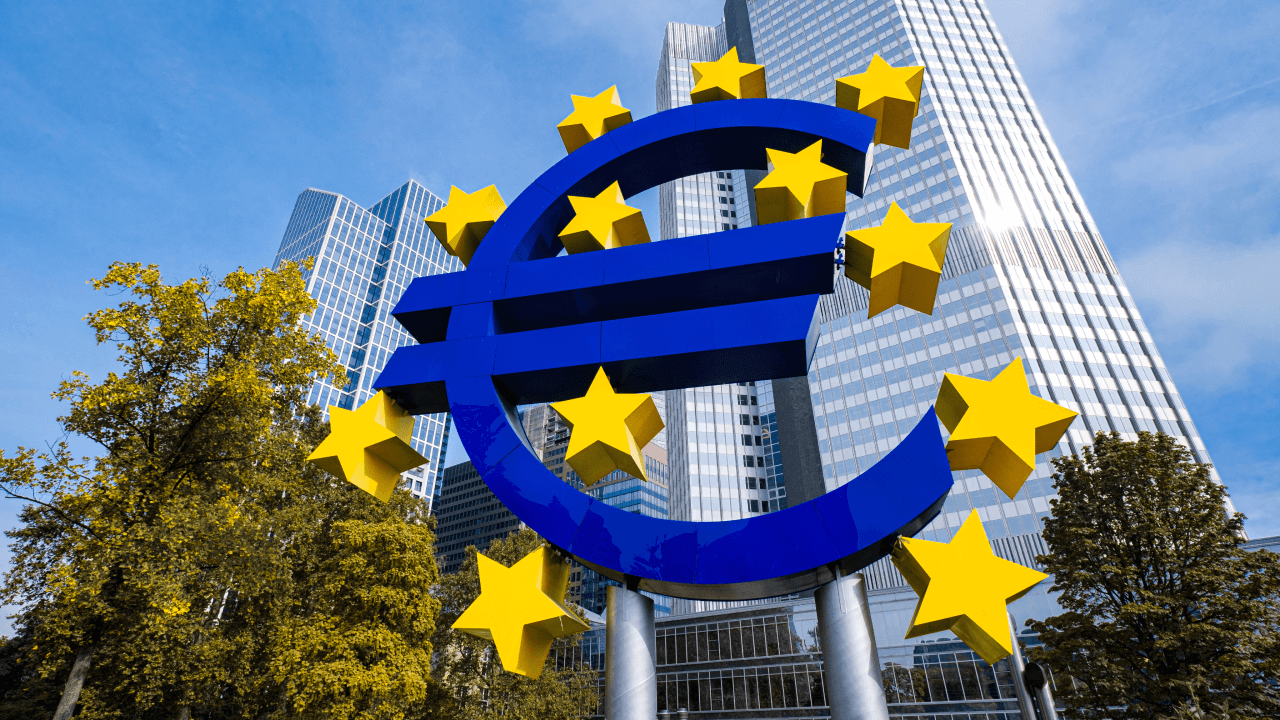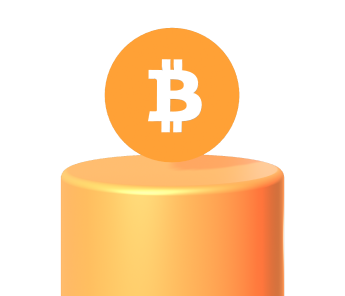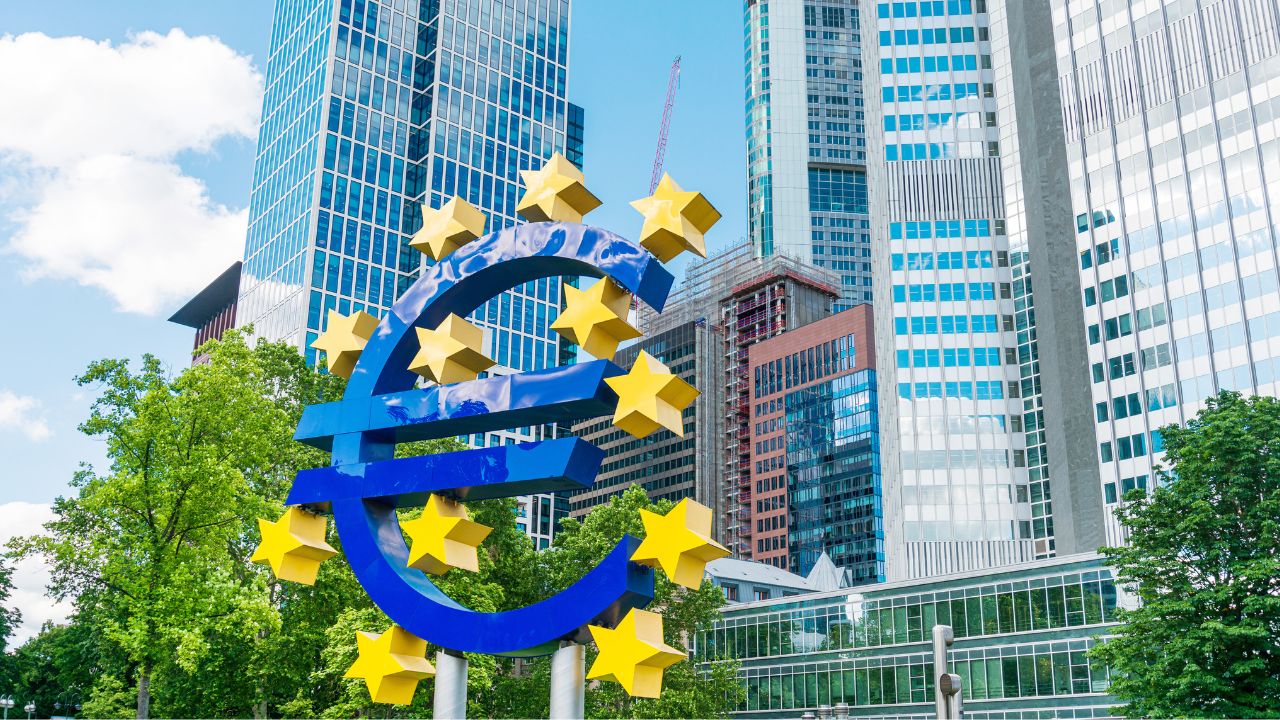The ECB met on 18 December to decide on Eurozone monetary policies: what happened to interest rates? Here are the results.
The European Central Bank meeting on Thursday, 18 December 2025, saw the members of the Governing Council gather to discuss, amongst other things, monetary policies for the Eurozone. On the table were decisions regarding interest rates. So, what happened?
ECB Meeting: What is the Economic Context?
The final ECB meeting of 2025 took place against a complex economic backdrop, with uncertainty about the future prevailing amid the unpredictability of Donald Trump and conflicts that appear destined to persist for some time. The main topics centred on economic growth, heavily influenced by tariffs, and on inflation, which stood at 2.2% in the latest reading, 0.1% higher than forecast. Let’s look at the decision in detail.
The ECB Leaves Interest Rates Unchanged
Thursday, 18 December, Frankfurt. The Governing Council of the European Central Bank announced its decision regarding monetary policy for the Eurozone. As most analysts anticipated, the ECB kept its three key interest rates unchanged. Consequently, the deposit facility rate remains stable at 2%, the main refinancing operations rate at 2.15%, and the marginal lending facility rate at 2.40%.
The Reasons Behind the Choice
The ECB explained that the decision was driven by the fact that the disinflation process is in line with expectations and should stabilise around the 2% medium-term target. As we anticipated, the latest data showed European Union inflation at 2.2%, slightly above the Governing Council’s targets.
The Eurozone economy has shown resilience in the face of recent global market shocks. According to the official statement, “economic growth is expected to be more sustained compared to the September projections, driven in particular by domestic demand. Following an upward revision, it is projected at 1.4% in 2025, 1.2% in 2026, and 1.4% in 2027, a level at which it should remain in 2028”.
With This Meeting, the ECB Confirms the Trajectory
The December 2025 ECB meeting decided to maintain interest rates at October levels; this is the fourth consecutive meeting to deliver this outcome. Despite a highly uncertain global context, inflation remains elevated, and the Central Bank signals cautious optimism: this decision confirms its future trajectory. The coming weeks will be crucial for determining whether the data confirms the current scenario and what Eurotower’s next move will be.
The next meeting is scheduled for 4-5 February 2026: what will the members of the Governing Council decide? To ensure you don’t miss upcoming meetings, take a look at our 2026 ECB calendar—in any case, we will be here to comment on them.
Future Outlook
Keeping interest rates low is an expansionary economic policy that supports growth by reducing the cost of capital. Businesses can borrow more easily, produce more wealth, and the economy benefits. When money costs less, stock markets also benefit, as low rates stimulate capital circulation. On the one hand, businesses borrow money more easily, with greater financial flexibility for operations, acquisitions, and expansion. This increases potential earnings and, in turn, the likelihood of share price appreciation.On the other hand, investors move away from more stable but less profitable securities, such as bonds, towards riskier financial assets with higher potential returns. This second category includes shares, related indices, andcryptocurrencies.
To make sure you don’t miss the upcoming ECB meetings, check out our calendar and sign up for Young Platform!


